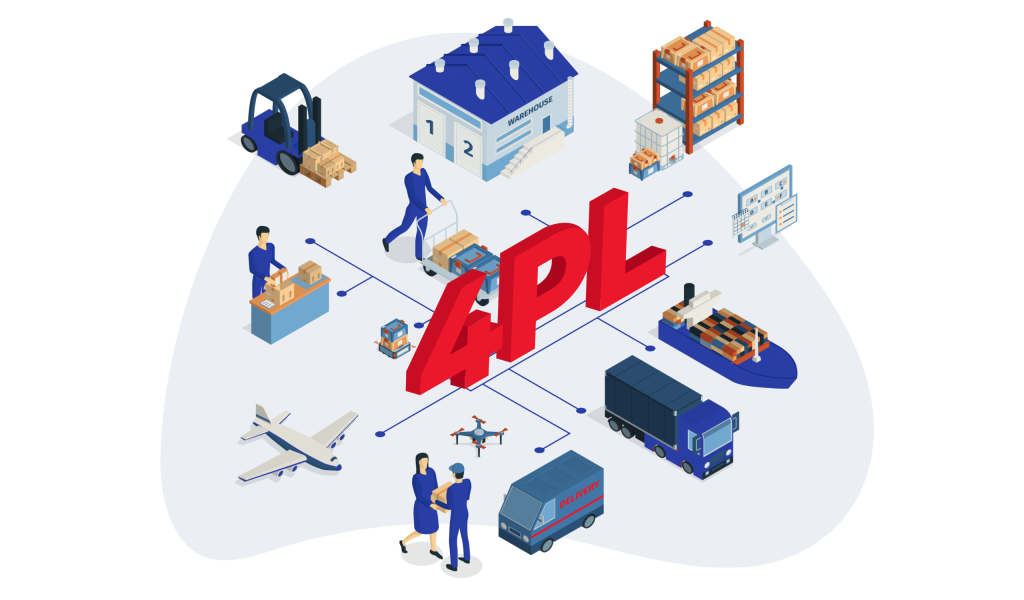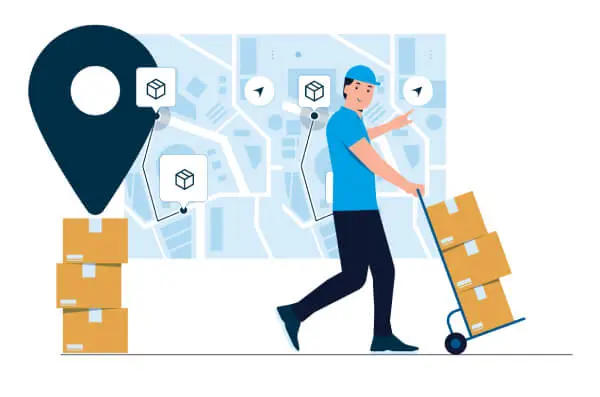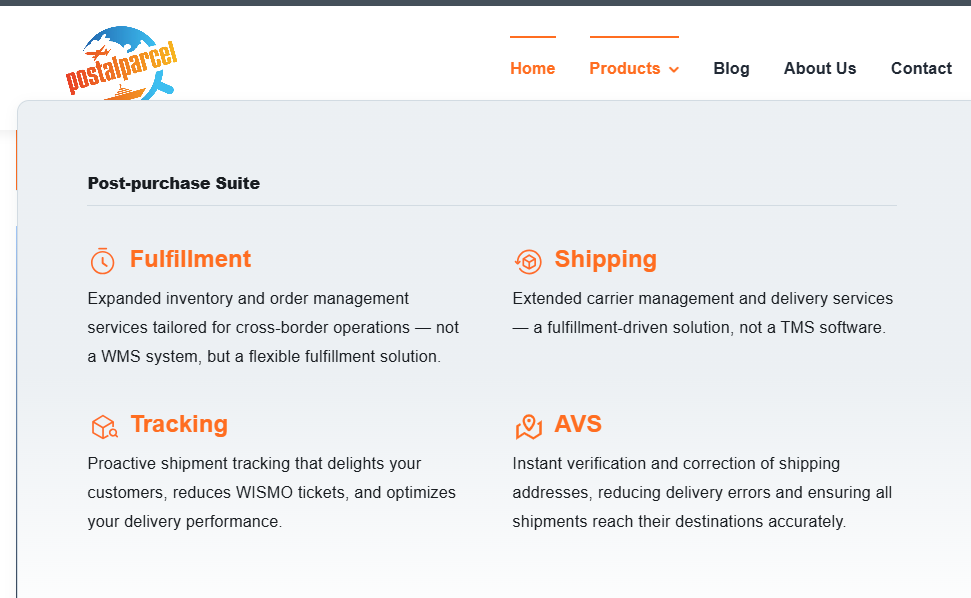Multi-Channel Fulfillment and Inventory Services Guide
In today’s competitive retail landscape, omnichannel sellers are expected to deliver consistent, fast, and seamless shopping experiences across all platforms—be it online marketplaces, branded websites, social media stores, or physical outlets. However, managing inventory and fulfilling orders across multiple sales channels is a complex task that goes far beyond using software tools. It requires robust, service-driven logistics support.
Instead of relying solely on inventory management systems or standalone tools, more sellers are now turning to fourth-party logistics providers (4PLs) and customized fulfillment services to build a responsive and agile supply chain. This article explores how service-centric strategies can help omnichannel sellers streamline operations and scale with confidence.

The Hidden Complexity of Omnichannel Selling
Selling on multiple platforms is not just about expanding your digital footprint. It introduces a host of operational challenges:
- Fragmented inventory across multiple warehouses and sales channels
- Inconsistent order fulfillment processes
- Limited visibility into real-time stock availability
- High cross-border logistics pressure
- Complicated return and exchange procedures
Without an integrated service infrastructure, these issues can result in delivery delays, customer dissatisfaction, and revenue loss.
Shifting from Systems to Services: Why 4PL Matters
Fourth-party logistics (4PL) providers play a critical role in orchestrating the entire fulfillment process. Unlike traditional 3PLs that only handle warehousing and transportation, 4PLs act as end-to-end logistics coordinators. They integrate multiple service providers, manage the supply chain holistically, and ensure alignment between sales channels and fulfillment operations.

Key functions of a 4PL include:
- Centralized inventory coordination across all platforms
- Smart order routing based on stock availability and customer location
- Real-time monitoring of logistics status and delivery performance
- End-to-end return handling and reverse logistics
By outsourcing these functions to a capable 4PL, sellers can focus on growth while ensuring operational stability.
Building a Flexible Fulfillment Strategy
An effective multi-channel inventory and order management approach should emphasize flexibility, scalability, and customer-centric service. Here are three essential service-driven strategies:
1. Unified Fulfillment-as-a-Service (FaaS)
A fulfillment-as-a-service platform offers more than just warehouse space. It provides a suite of value-added services including order processing, labeling, cross-border shipping, and returns management—all under a single operational roof.
Platforms like PostalParcel specialize in supporting omnichannel sellers with:
- Cross-platform order synchronization (Shopify, WooCommerce, etc.)
- Smart order assignment to the closest fulfillment center
- Bulk invoicing and customs preparation for international shipping
- Custom packaging and branding services
These services reduce operational complexity while enhancing speed and accuracy.
2. Dynamic Inventory Allocation and Shared Stock Pools

Rigid inventory models can’t keep up with today’s agile retail environment. Service-oriented providers offer dynamic allocation and virtual stock pooling, allowing real-time inventory access across all channels.
Key features include:
- Demand-based stock reallocation between warehouses
- Automated replenishment triggers based on platform-level sales
- Safety stock management to prevent overselling
This strategy ensures that every sales channel has adequate inventory without overstocking any particular warehouse.
3. Centralized Returns and Customer Service Integration

An inconsistent return process is a major friction point for buyers. To build customer trust, omnichannel sellers must offer a streamlined and transparent return experience.
A professional fulfillment service partner can support:
- Region-specific return addresses (e.g., local return centers in Europe or the U.S.)
- Unified tracking of return status across platforms
- Restocking and repackaging services after quality inspection
- API integrations with customer service tools like Gorgias or Zendesk
With a centralized return workflow, sellers can process refunds faster and maintain higher customer satisfaction levels.
Real-World Example: PostalParcel’s Service-Oriented Model

PostalParcel is a logistics platform that embodies the 4PL philosophy, offering tailored services to global omnichannel sellers. Instead of offering just software tools, PostalParcel delivers hands-on operational support by combining:
- Country-specific fulfillment networks
- Platform-integrated order management
- Real-time inventory visibility
- Flexible warehousing options
- Localized return solutions
Its customers range from DTC brands to cross-border resellers, all benefiting from reduced lead times, lower operational costs, and improved customer experience.
From Complexity to Clarity: The Service Advantage
Technology can enhance visibility and reporting, but it is service that delivers real-world results. Omnichannel sellers need more than data—they need a fulfillment partner who can act, adapt, and align with changing demands.
Choosing a service-driven approach supported by 4PL expertise enables you to:
- Avoid stockouts and overselling
- Deliver faster across regions
- Scale without operational bottlenecks
- Build long-term customer loyalty through consistent service
In the new era of commerce, operational agility is no longer a “nice-to-have”—it’s a competitive necessity. And that agility comes from integrated, responsive services—not just systems.
Industry Insights
news via inbox
Nulla turp dis cursus. Integer liberos euismod pretium faucibua








